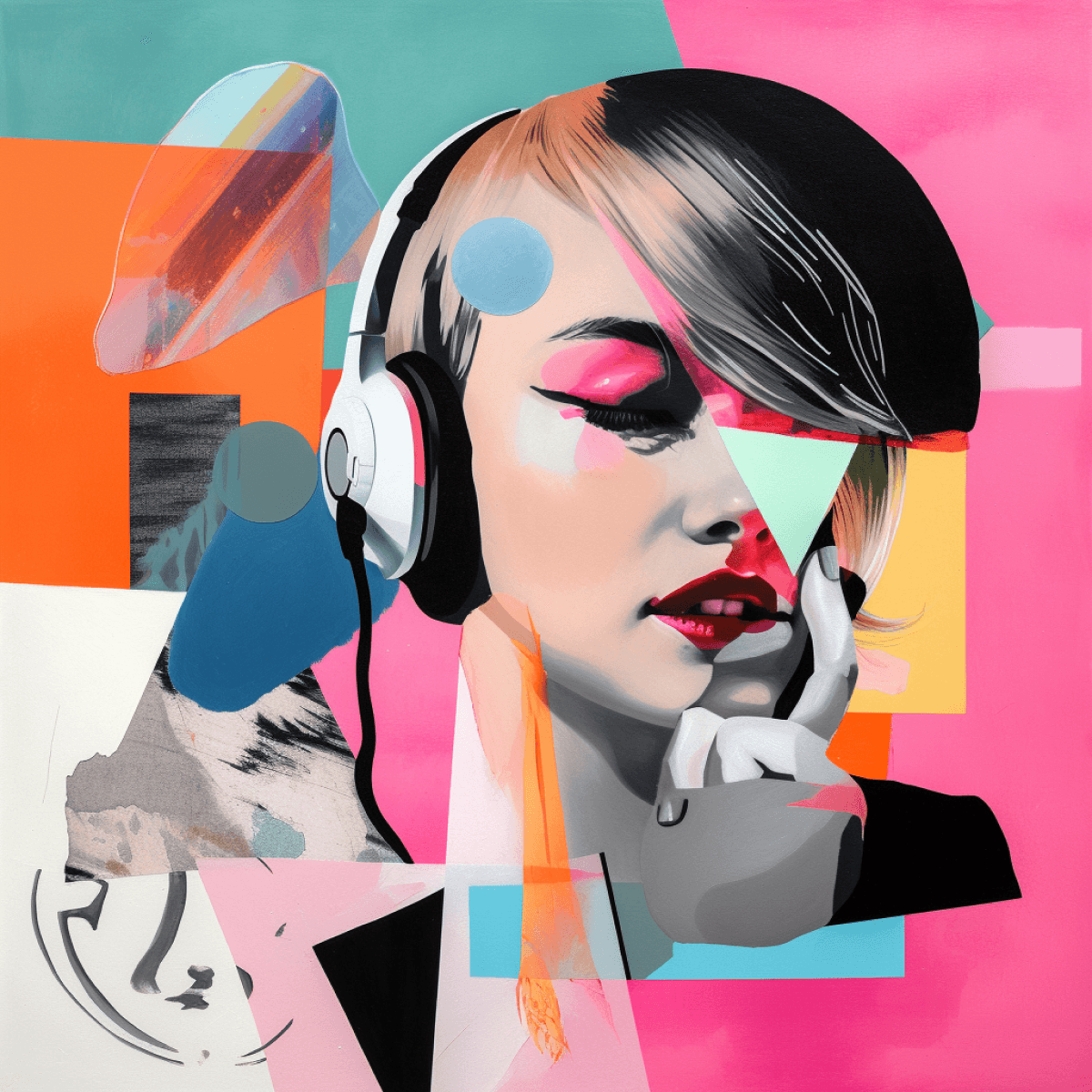Article
How to Use Lighting to Enhance Your Video Content
Lighting can make or break your appearance. Literally!
Summary
Every content creator knows that video quality itself is crucial to keep viewers engaged. But did you know that the secret sauce to stunning visuals is, in fact, lighting? In this article, we'll explore how to use lighting to enhance your video content, whether you're a podcaster or a solo video producer. And don't worry, even if you're on a tight budget, we've got you covered!
Introduction
When producing video content, whether it's for a podcast, YouTube channel, or live streaming, lighting is one of the essential factors that can make or break your visuals. A well-lit video not only helps your audience see your content more clearly but also enhances the overall viewing experience.
As a solo content creator, investing time and effort into understanding lighting techniques can significantly improve your production quality.
Good lighting can make you appear like a professional even on a shoestring budget. As a parallel analogy, recording engineers who primarily work with audio know that the room is just as important, if not more important, than the actual recording equipment.
Understanding Different Types of Lighting Techniques
Lighting can be a complex subject, but fear not! Here are some fundamental lighting techniques that you should know:
Key lighting: The primary light source in a scene, usually placed at a 45-degree angle from the subject, creating depth and dimension.
Fill lighting: Softens the shadows created by key lighting, typically placed opposite the key light to balance the scene. Fun tip: a way to witness the power of fill lighting is to, during the next time you’re taking a photo during the day, turn your flash on. It might seem silly if the sun is shining, but if you’re close enough, the flash can “fill in” any darkness that’s created from shade or a bad angle from the sun. In this scenario, the sun would be the “key light”.
Backlighting: Positioned behind the subject, this light creates a rim of light around them, separating them from the background.
Practical lighting: Any light sources that are part of the scene itself, such as lamps, candles, or windows.
Choosing the Right Lighting Equipment for Your Video Content
Now that you know the basics, let's talk about the gear you'll need. Here are some popular types of lights and accessories:
LED lights: Energy-efficient, long-lasting, and versatile, LED lights are a popular choice for content creators.
Fluorescent lights: These lights offer soft, even illumination, perfect for a podcast studio or interview setup.
Tungsten lights: Although they can get hot and consume more power, tungsten lights provide a warm, natural light quality.
In addition to lights, you'll also want to consider modifiers and accessories like softboxes, umbrellas, diffusers, light stands, and clamps to shape and control your lighting. Think of the lighting tuning process as “subtractive”—even small lights will pour out a good deal of light energy, and as you accumulate more or use powerful lights, your scene can quickly get bright without actually looking better.
These modifiers can help you “sculpt” the light, cutting it back like you would trim a hedge, until it looks the way you want.
Tips for Achieving Professional Lighting on a Budget
Don't have a big budget for lighting equipment? No problem! Here are some ways to achieve professional-looking lighting without breaking the bank:
Utilize natural light: Make the most of sunlight streaming through windows or use outdoor settings to your advantage. If you’re using window light, but only getting good light on one side, this is a good opportunity to use “fill” lighting on the opposite side of your window light, so things look a bit more even.
DIY lighting solutions: Get creative with household items like bed sheets, aluminum foil, or cardboard to create makeshift diffusers, reflectors, or flags.
Affordable lighting equipment: Look for budget-friendly LED panels, ring lights, or clamp lights to add to your lighting toolkit.
Putting it All Together: Lighting Setups for Various Video Content Scenarios
Now that you're equipped with knowledge and tips, let's look at some common lighting setups for different video content scenarios:
Lighting for interviews: A classic three-point lighting setup (key light, fill light, and backlight) works well for interview-style videos or podcast recordings with video components.
Lighting for live streaming: Consider using a soft key light in front of you, a fill light to balance shadows, and a practical light in the background to create depth and ambiance.
Lighting for product reviews and demonstrations: Ensure your product is well-lit with a key light and fill light, and use a backlight to separate the product from the background.
Conclusion
In conclusion, lighting plays a crucial role in enhancing your video content and creating a professional look, even if you're a solo podcaster or content creator. By understanding basic lighting techniques, choosing the right equipment, and applying budget-friendly solutions, you can significantly elevate your video production quality. So, go ahead and experiment with lighting setups to find what works best for your content and watch your audience engagement soar.
